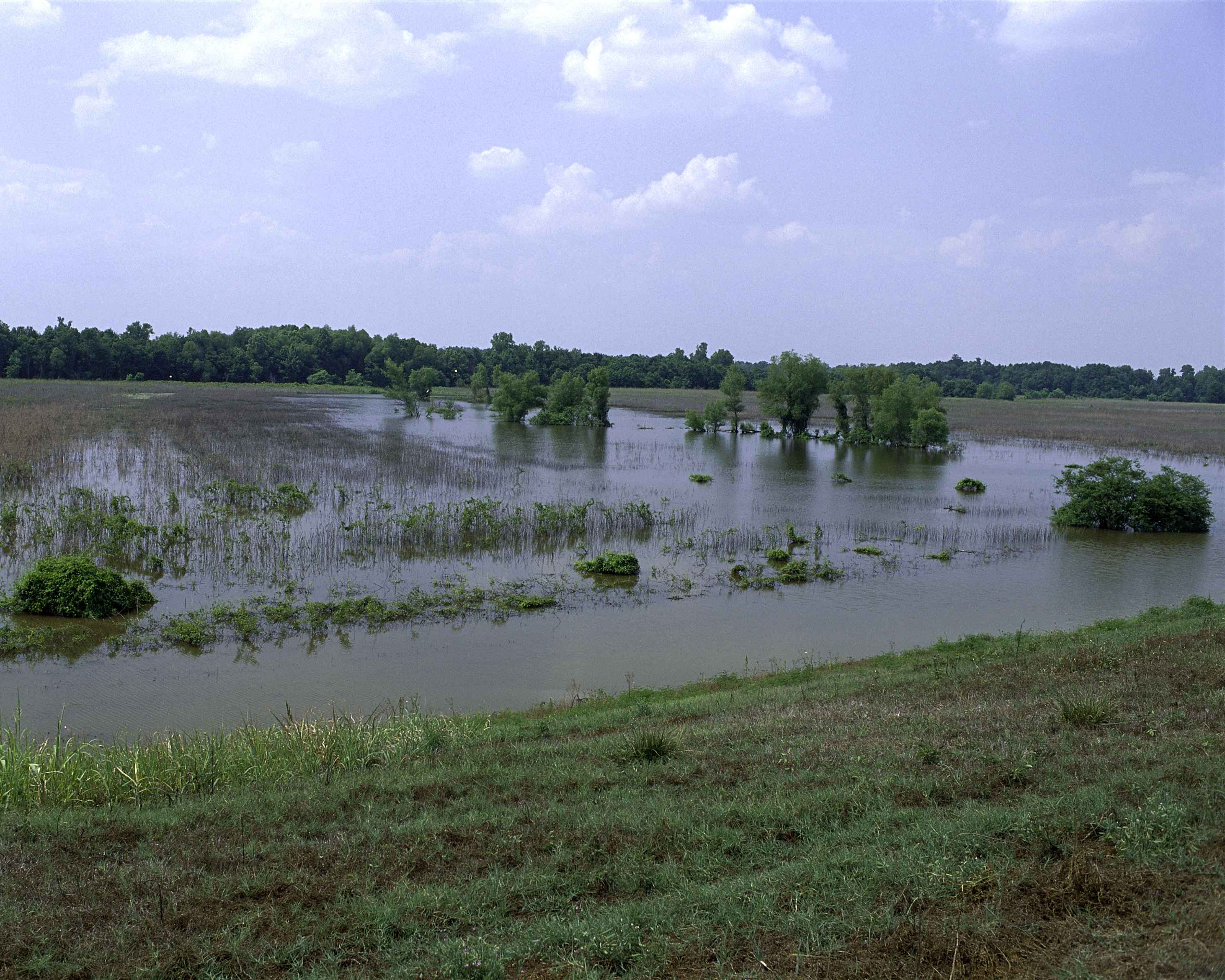Panther Swamp National Wildlife Refuge on:
[Wikipedia]
[Google]
[Amazon]
 Panther Swamp National Wildlife Refuge is one of seven refuges in the Theodore Roosevelt National Wildlife Refuge Complex in
Panther Swamp National Wildlife Refuge is one of seven refuges in the Theodore Roosevelt National Wildlife Refuge Complex in
Refuge website
{{authority control National Wildlife Refuges in Mississippi Protected areas established in 1978 Protected areas of Yazoo County, Mississippi Wetlands of Mississippi Landforms of Yazoo County, Mississippi 1978 establishments in Mississippi
 Panther Swamp National Wildlife Refuge is one of seven refuges in the Theodore Roosevelt National Wildlife Refuge Complex in
Panther Swamp National Wildlife Refuge is one of seven refuges in the Theodore Roosevelt National Wildlife Refuge Complex in Mississippi
Mississippi () is a state in the Southeastern region of the United States, bordered to the north by Tennessee; to the east by Alabama; to the south by the Gulf of Mexico; to the southwest by Louisiana; and to the northwest by Arkansas. Miss ...
. Established in 1978, Panther Swamp National Wildlife Refuge encompasses . Included in those acres is one of the largest blocks (21,000 acres) of bottomland
Upland and lowland are conditional descriptions of a plain based on elevation above sea level. In studies of the ecology of freshwater rivers, habitats are classified as upland or lowland.
Definitions
Upland and lowland are portions of p ...
forest in the lower Mississippi River
The Mississippi River is the second-longest river and chief river of the second-largest drainage system in North America, second only to the Hudson Bay drainage system. From its traditional source of Lake Itasca in northern Minnesota, it fl ...
alluvial floodplain
A floodplain or flood plain or bottomlands is an area of land adjacent to a river which stretches from the banks of its channel to the base of the enclosing valley walls, and which experiences flooding during periods of high discharge.Goudi ...
. The upland areas or ridges often crest at no more than one foot above swamp areas, and contain nuttall, willow
Willows, also called sallows and osiers, from the genus ''Salix'', comprise around 400 speciesMabberley, D.J. 1997. The Plant Book, Cambridge University Press #2: Cambridge. of typically deciduous trees and shrubs, found primarily on moist so ...
and water oak
''Quercus nigra'', the water oak, is an oak in the red oak group (''Quercus'' sect. ''Lobatae''), native to the eastern and south-central United States, found in all the coastal states from New Jersey to Texas, and inland as far as Oklahoma, Ken ...
s and other species while overcup oak, bitter pecan and ash dominate the transition zone from swamp to upland. Additional habitat types consist of reforested and agricultural areas.
In addition to providing resting and feeding areas for over 100,000 wintering waterfowl annually, the refuge also provides habitat for 200 species of neotropical migratory songbirds. Resident species making their home among the woodlands, sloughs, and reforested areas include the American alligator
The American alligator (''Alligator mississippiensis''), sometimes referred to colloquially as a gator or common alligator, is a large crocodilian reptile native to the Southeastern United States. It is one of the two extant species in the gen ...
, white-tail deer
The white-tailed deer (''Odocoileus virginianus''), also known as the whitetail or Virginia deer, is a medium-sized deer native to North America, Central America, and South America as far south as Peru and Bolivia. It has also been introduced t ...
, otter, swamp rabbit, wild turkey
The wild turkey (''Meleagris gallopavo'') is an upland ground bird native to North America, one of two extant species of turkey and the heaviest member of the order Galliformes. It is the ancestor to the domestic turkey, which was originally d ...
, squirrel, and other various small fur-bearers such as mink and raccoon
The raccoon ( or , ''Procyon lotor''), sometimes called the common raccoon to distinguish it from other species, is a mammal native to North America. It is the largest of the procyonid family, having a body length of , and a body weight of ...
.
References
Refuge website
{{authority control National Wildlife Refuges in Mississippi Protected areas established in 1978 Protected areas of Yazoo County, Mississippi Wetlands of Mississippi Landforms of Yazoo County, Mississippi 1978 establishments in Mississippi